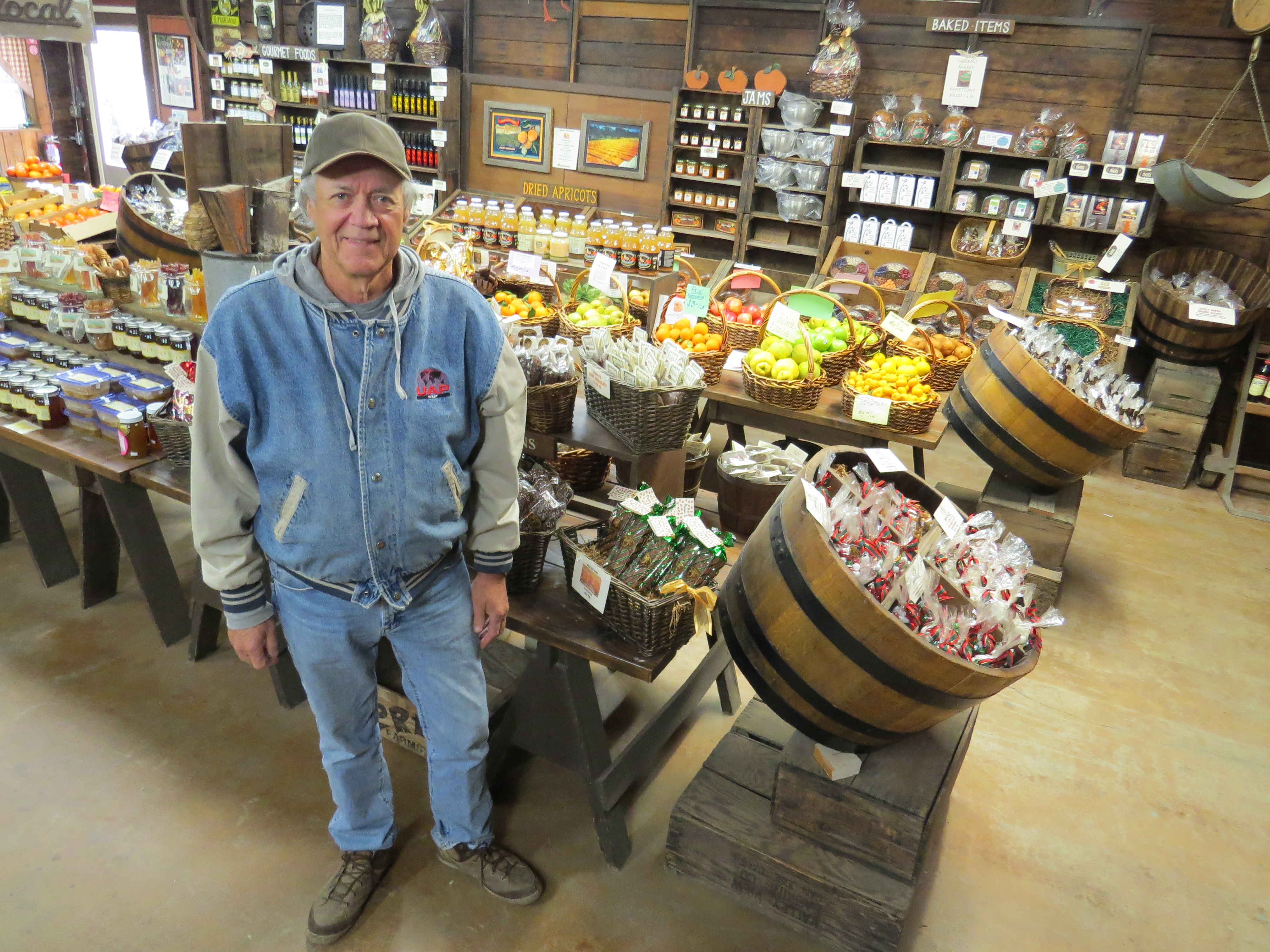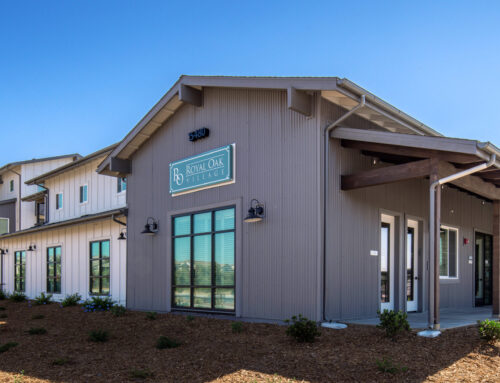Visit Morgan Hill receives $345,000 in TBID funds that will be used to promote the region
![]()

Photo by Marty Cheek
By Calvin Nuttall
A decade ago, few outsiders would have looked at Morgan Hill and seen it as much more than a Silicon Valley bedroom community. Today, the city’s wineries, restaurants, sports facilities, and more venues make it a destination for thousands of tourists a year.
This growth took place in part under the efforts of nonprofit Visit Morgan Hill, which celebrated its achievements at its Tourism Summit event Nov. 6. Business owners, city officials, and community liaisons gathered at MOHI Winery to reflect on the group’s successes and look to the city’s future.
Emceed by Krista Rupp, the nonprofit’s executive director, the event featured speaker panels with Visit Morgan Hill’s local and regional partners. They shared stories of efforts to bring more tourism to the city. Founded in 2019, the nonprofit manages the Tourism Business Improvement District, a funding mechanism in which local hotels pass on 1.5 percent of their gross short-term revenue to encourage visitors to discover Morgan Hill.
In fiscal year 2022-2023, Visit Morgan Hill brought in $345,844 through the TBID. Visit Gilroy, in comparison, received $375,000 from its TBID as well as an additional $375,000 from the city of Gilroy.
The Visit Morgan Hill funds the local tourism industry through advertising, marketing and sponsorships. Last fiscal year, it spent about $51,000 in efforts promoting the region. It also spent nearly $18,000 in “business development,” with $15,575 going into sponsorships, according to the nonprofit’s annual report. About $139,000 went to salary. The report showed $127,000 in “net income.”
 Investing in tourism increases revenue for local businesses and helps support employment opportunities, Rupp said.
Investing in tourism increases revenue for local businesses and helps support employment opportunities, Rupp said.
“Overnight visitors stay longer and spend more money,” she said. “It diversifies public funding sources that go back into our public services like police, fire, and parks. Tourism also helps support a desirable destination that not only is attractive to the visitors, but also helps increase community pride and the social connections.”
To market Morgan Hill as a destination, the nonprofit leaned into the city’s strengths. With its many restaurants, farms, and wineries, the city offers an “eclectic dining experience” to visitors, Rupp said.
“We have a connective culinary culture where the chefs, farmers, wine-makers, and brewers all collaborate to bring a nice experience,” she said. “Our wine region is approachable and has up to 100 live events in the summer months. It is also one of the first ever premium wine-producing regions in the state, and has some of the top-rated Silicon Valley wine destinations.”
The summit included representatives from local businesses including Kim Engelhardt, owner of Lion Ranch Vineyards, Frank Leal, owner of MOHI Wine, Gabrielle Crescini, owner of Cochi’s Kitchen, and Ellie Herman, manager of Colibri Gallery. A recorded interview with Joe Raineri, owner of Terra Amico Farms, was also shown.
 “Morgan Hill is a community that is very strong in partnership,” Rupp said. “We have formed strong bonds with our local organization partners like the city (of Morgan Hill), the Chamber, the Wineries of Santa Clara Valley, the Downtown Association, and the Outdoor Sports Center. Visit Morgan Hill doesn’t create products itself, but we can work with our partners to inspire and attract.”
“Morgan Hill is a community that is very strong in partnership,” Rupp said. “We have formed strong bonds with our local organization partners like the city (of Morgan Hill), the Chamber, the Wineries of Santa Clara Valley, the Downtown Association, and the Outdoor Sports Center. Visit Morgan Hill doesn’t create products itself, but we can work with our partners to inspire and attract.”
The nonprofit also leans heavily into partnerships with other regional tourism agencies. The summit hosted representatives from Visit Gilroy, Visit San Jose, and Visit Santa Cruz County. Ryan Becker, vice president of communications from Visit California, gave the keynote speech. He delivered an update on the state of tourism in California.
 “I don’t need to tell anybody in this room the pandemic was very challenging for the industry,” he said. “California essentially came to a stop. Since then, it has been several years of what we call a ‘jagged recovery.’ Some destinations have fared very well — as people fled urban centers to find more opportunity in outdoor spaces, for example. Some destinations benefited while others suffered. Some are still continuing to lag behind in that recovery.”
“I don’t need to tell anybody in this room the pandemic was very challenging for the industry,” he said. “California essentially came to a stop. Since then, it has been several years of what we call a ‘jagged recovery.’ Some destinations have fared very well — as people fled urban centers to find more opportunity in outdoor spaces, for example. Some destinations benefited while others suffered. Some are still continuing to lag behind in that recovery.”
An important area in which the industry still lags, Becker said, is tourism employment. In 2022, Visit California counted 1.1 million tourism jobs, still below the pre-pandemic level of 1.2 million in 2019.
“That number is largely lagging, not because there aren’t tourism jobs, but because it is hard to find employees right now,” he said. “If every tourism job in the state was filled, I think we would be back to full employment.”
The summit concluded with a look toward the future.
“The pending renewal of our TBID is an important step if we want to continue marketing tourism with stability and substance,” Rupp said. “Collaboration and innovation are our way forward. We need to think about where we want to be five to 10 years from now.”
Calvin Nuttall is a Morgan Hill-based freelance reporter.






